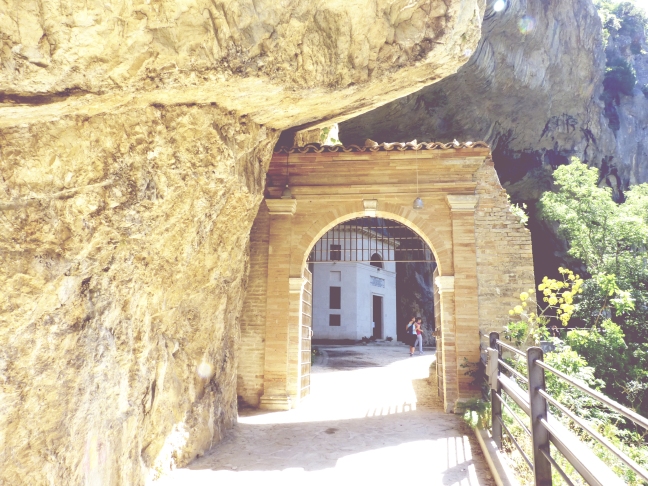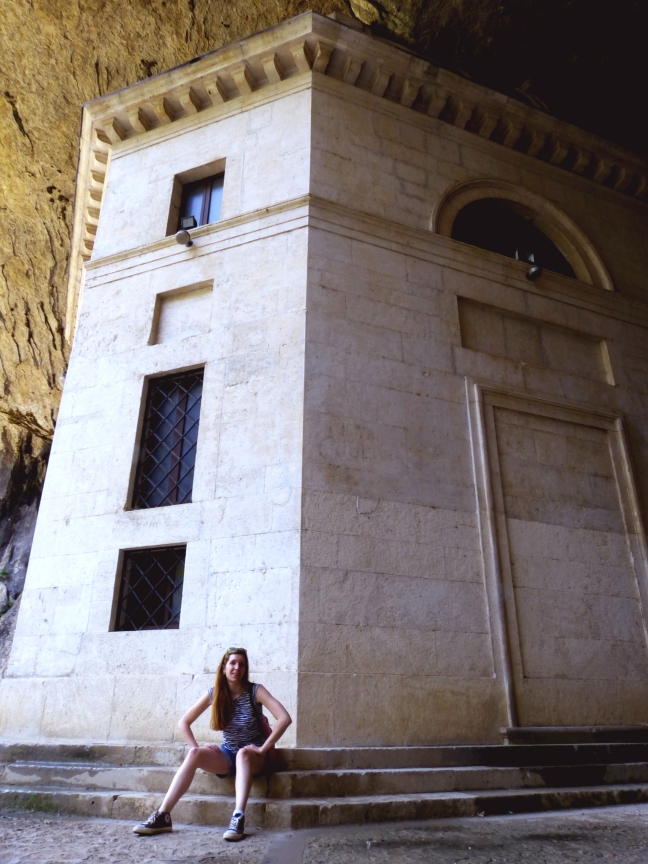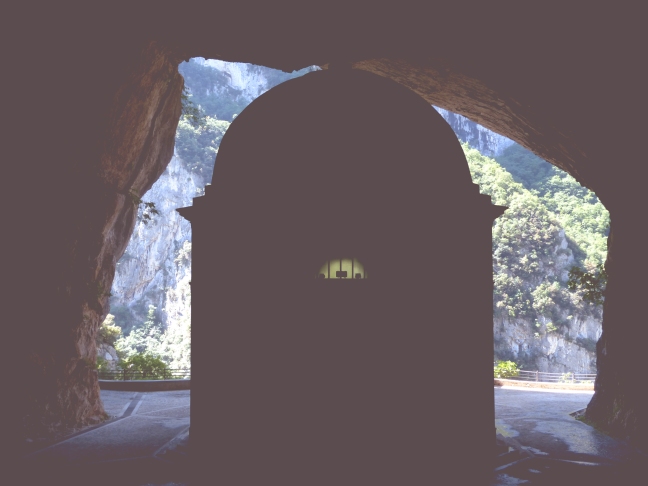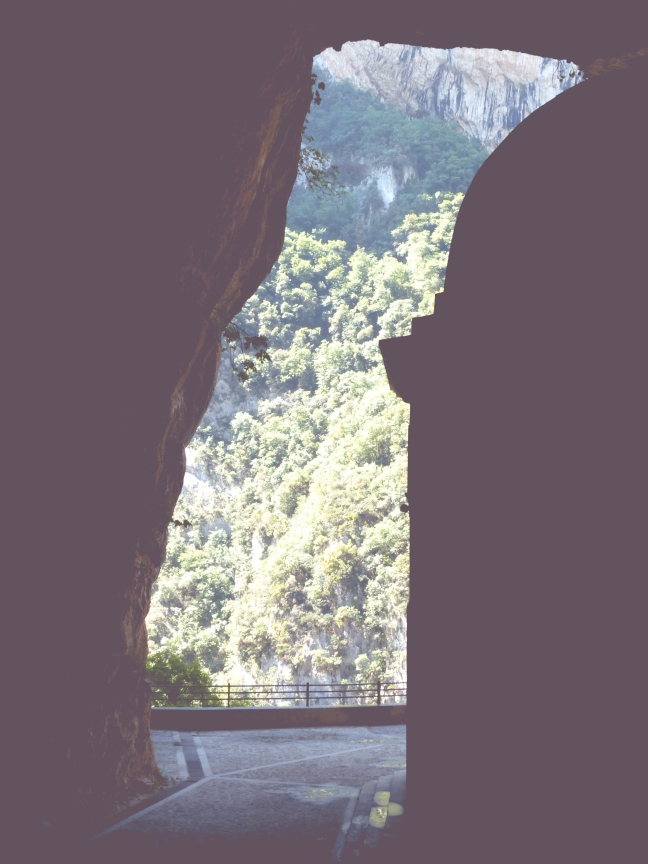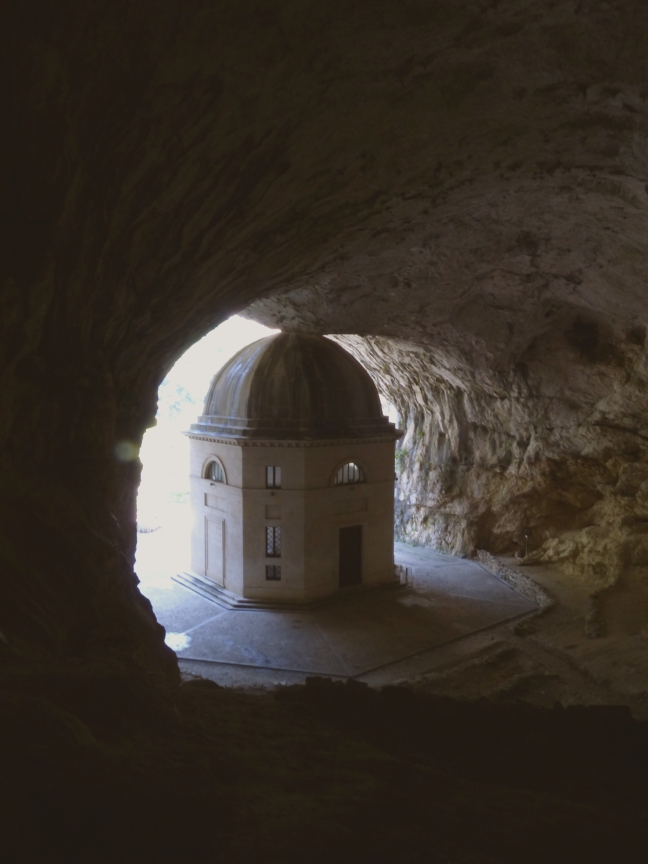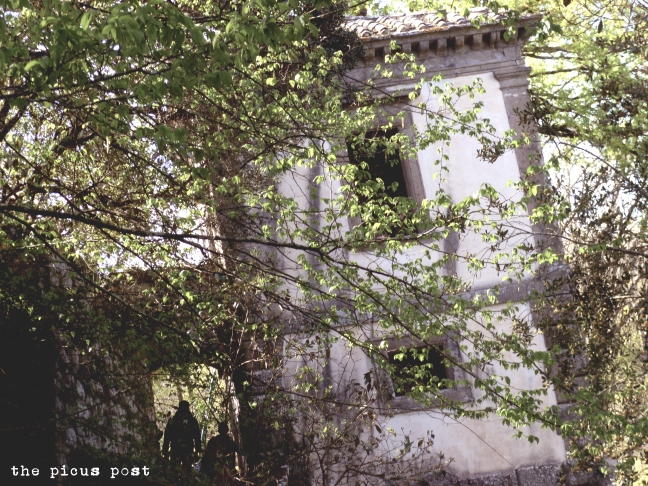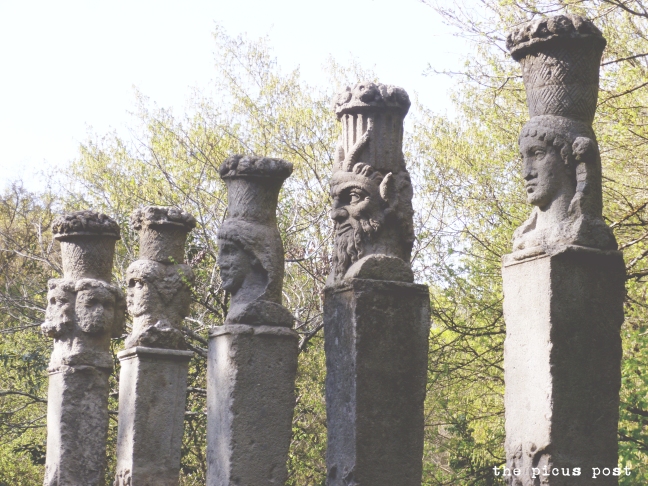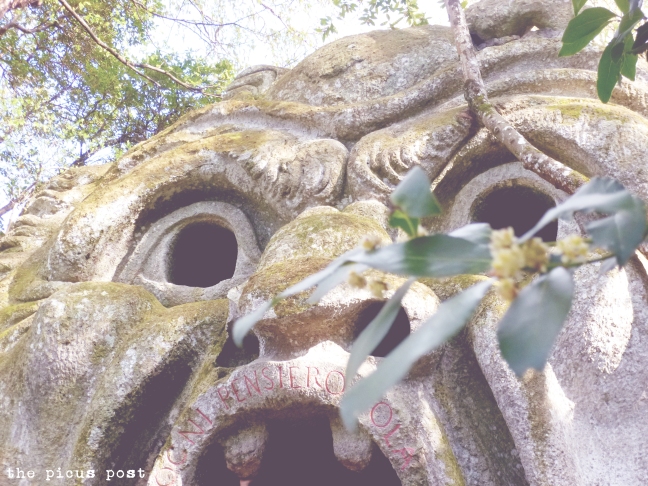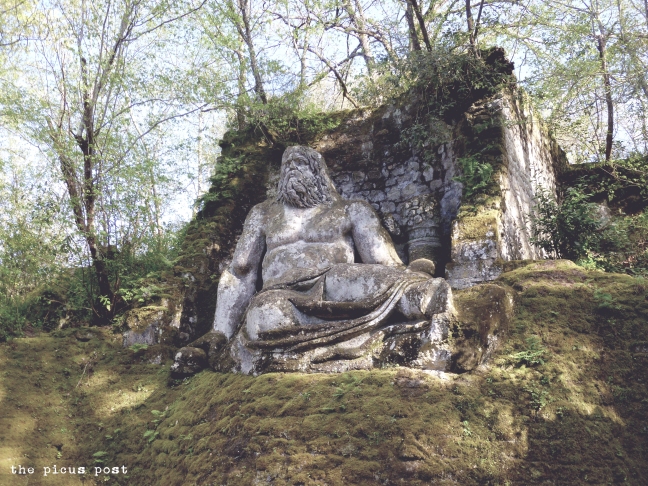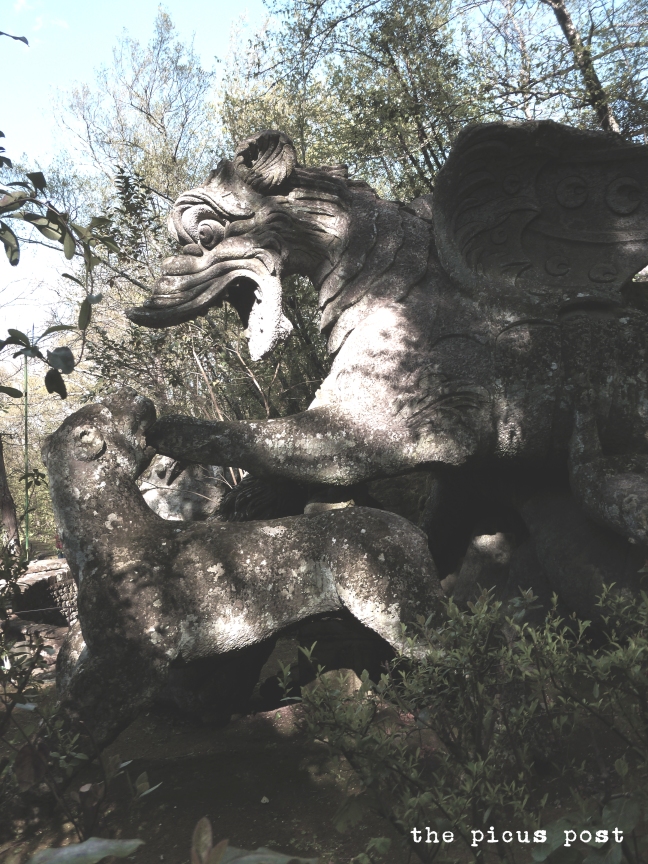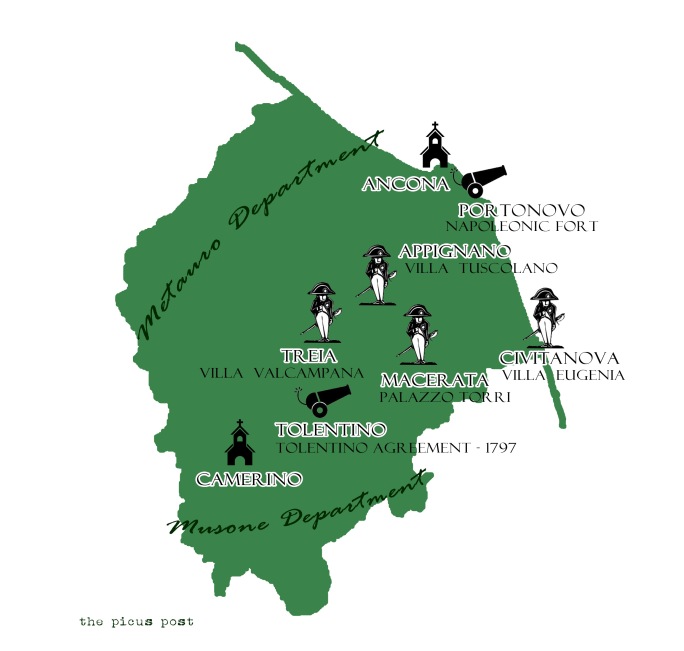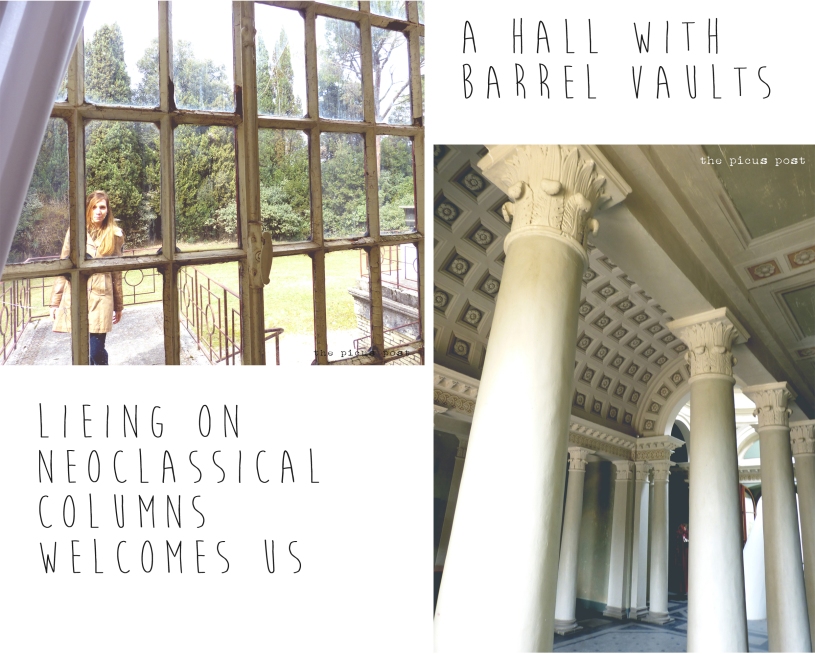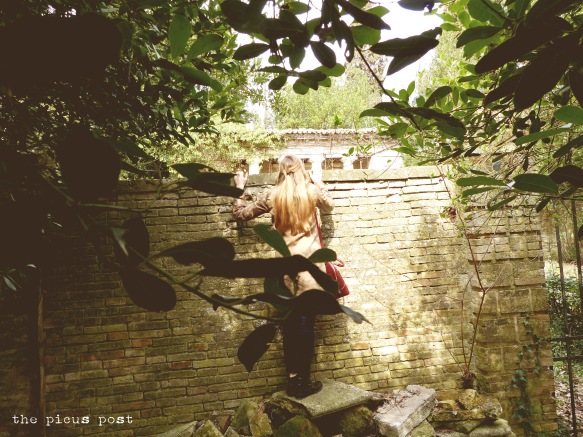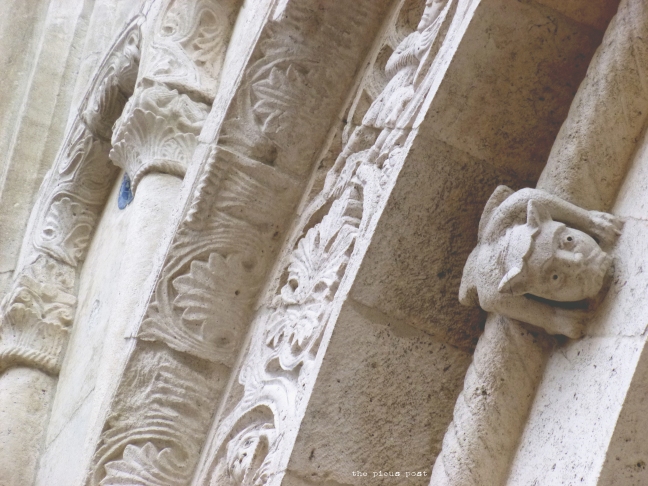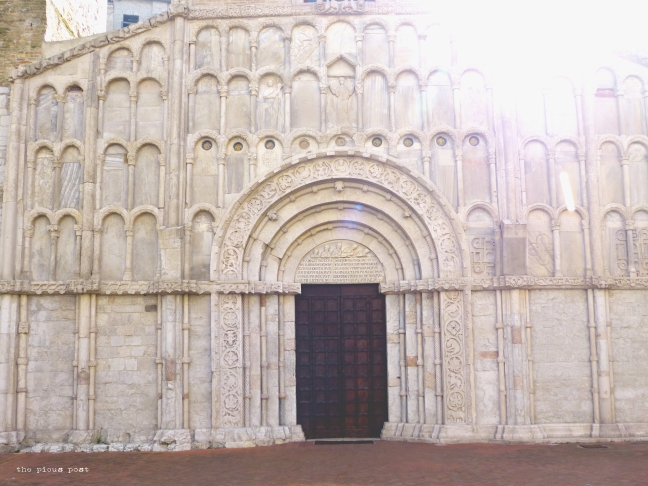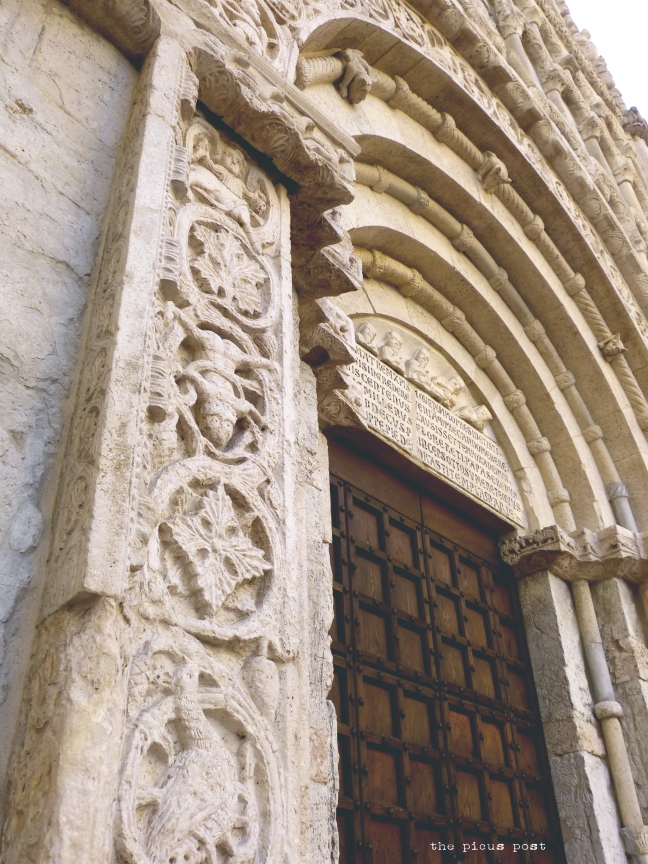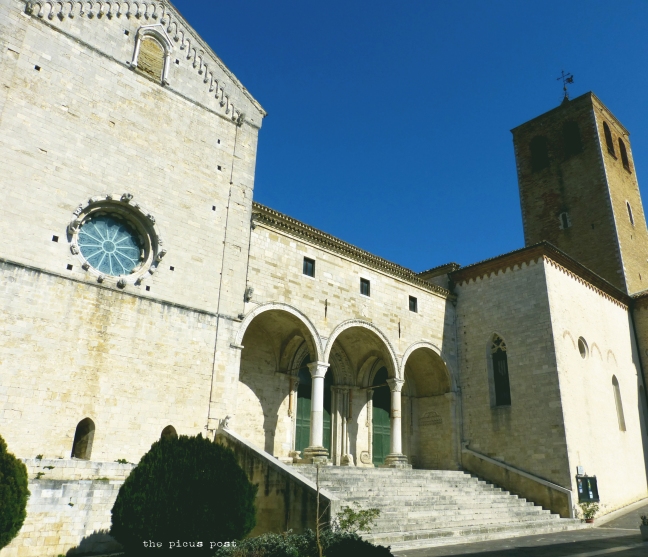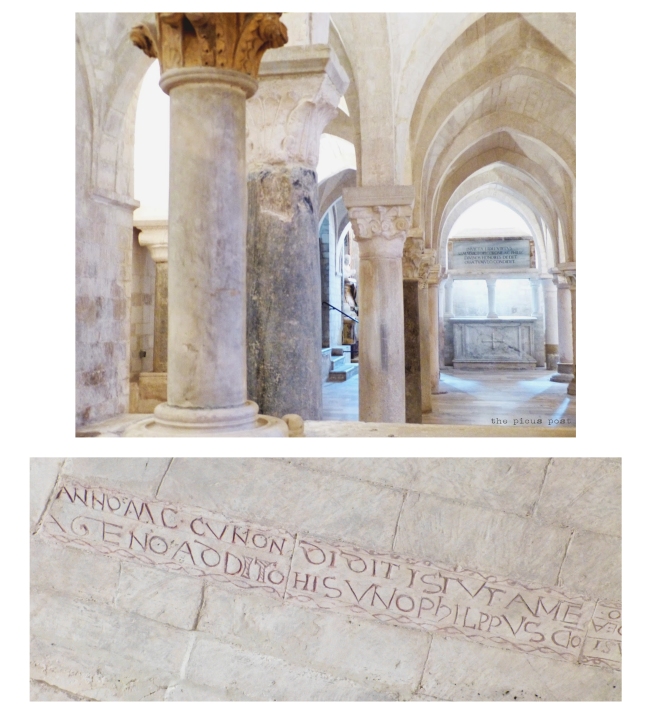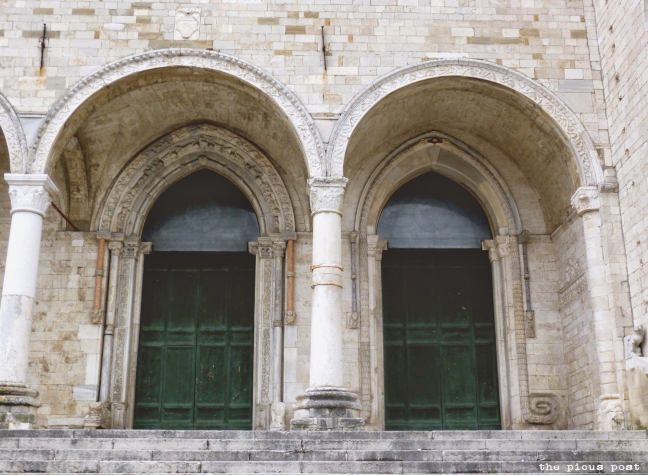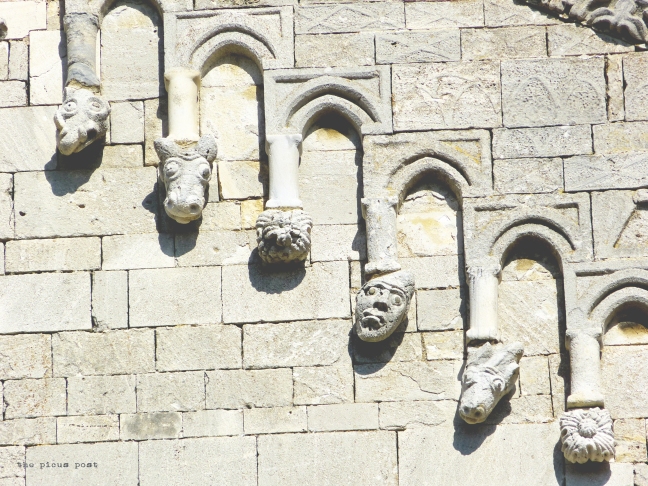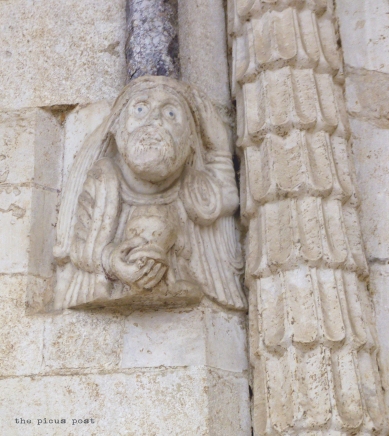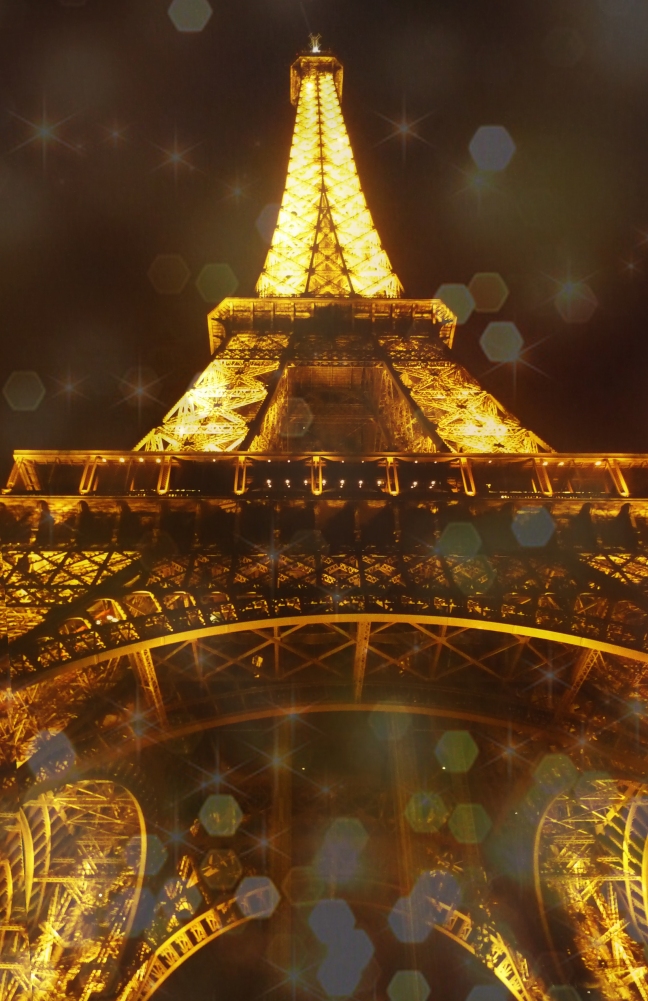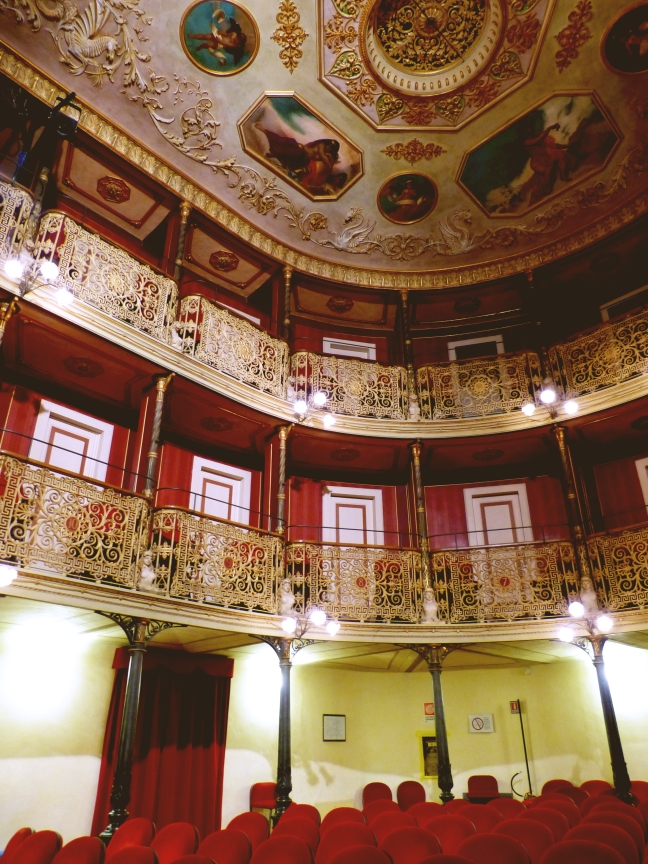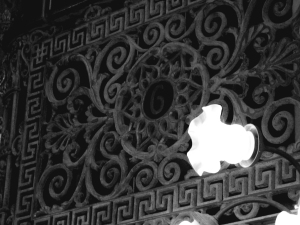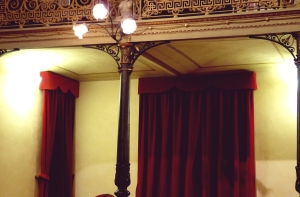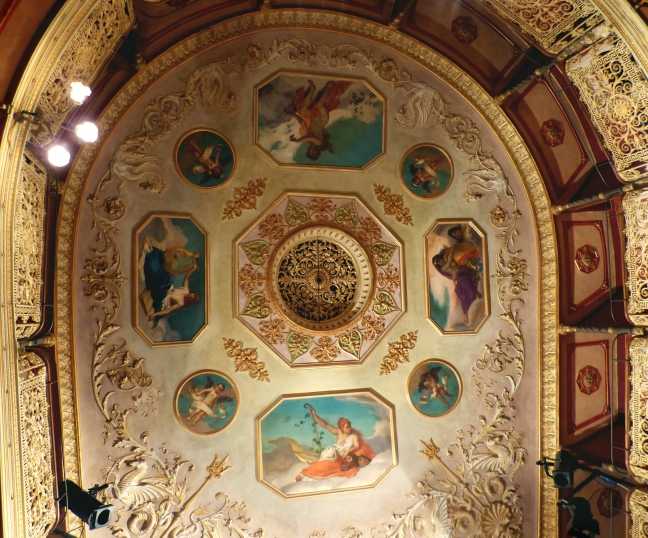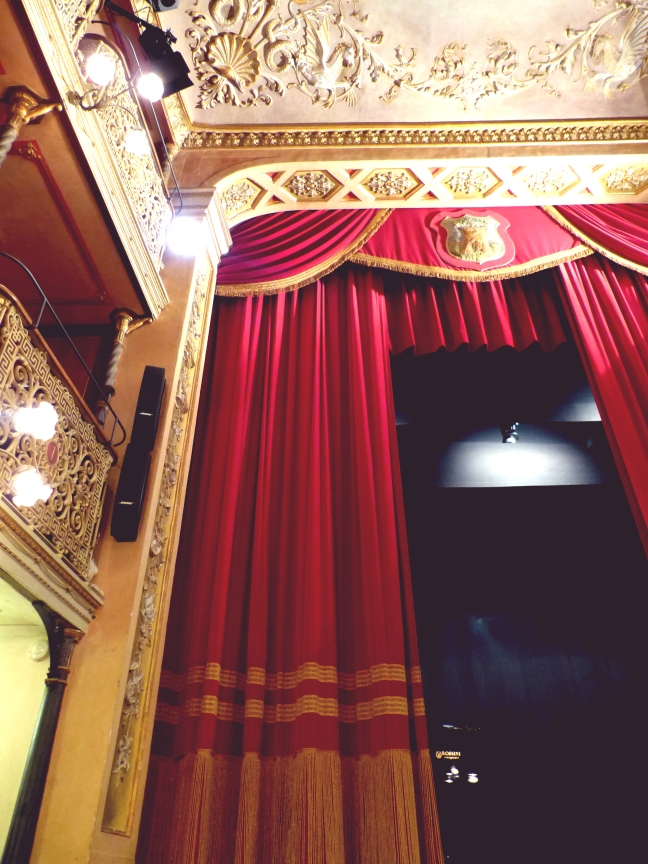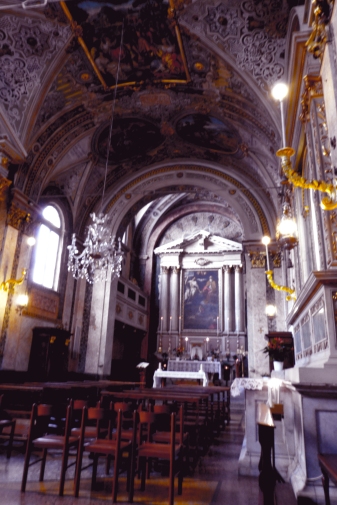Italian summer is…Italian summer! Means ice creams, “granita al limone”, sea and…40 degrees at shadow! When high temperature don’t wanna give us a rest..it’s time to shelter from sun!
I’m talking about getting deeper into central Italy, inside green Umbria region to find fresh breeze on rocky uplands.
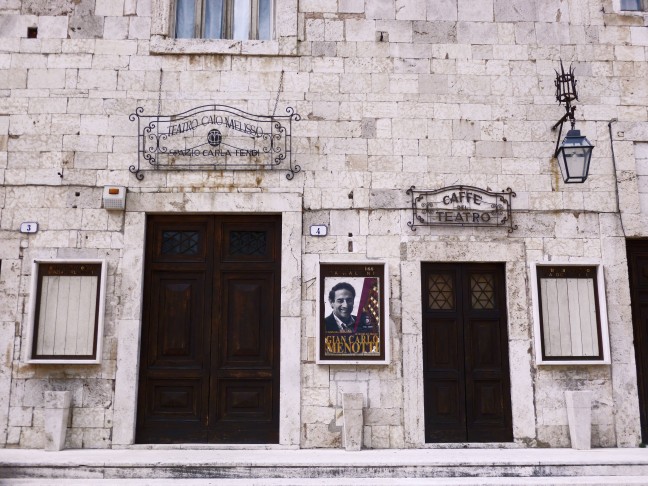
A refreshing experience for brain and soul! Spoleto is a Medieval jewel – as lots of other villages in this area – set among Valnerina’s emerald green woods.
This people-oriented town is a crisp cocktail of history and charm. Perfect to visit in just one day walking with a self-made-guidebook and enough curiosity!
Pills of history we love most ❤ :
![]() First human settlements go back to Prehistory, when this landscape looked a lot different: the valley, today overlooked by Rocca Albornoziana was initially a lake that definitively dried out during Medieval age.
First human settlements go back to Prehistory, when this landscape looked a lot different: the valley, today overlooked by Rocca Albornoziana was initially a lake that definitively dried out during Medieval age.

![]() Middle Age has been Spoleto’s Golden Age, when, in 1359, Pope Innocenzio VI built the majestic fortress symbol of the city : “Rocca Albornoziana”. But this castle also tells about Lucrezia Borgia, elected by her father, Pope Alessandro VI, head of “Spoleto Dukedom”. The lady gave name to the fortress’ “maschio”, the central tower facing the city, defence fulcrum of the castle. This is known as “Torre della Spiritata” – Tower of the Possessed – to remind the cruelties and revenges of the castellan.
Middle Age has been Spoleto’s Golden Age, when, in 1359, Pope Innocenzio VI built the majestic fortress symbol of the city : “Rocca Albornoziana”. But this castle also tells about Lucrezia Borgia, elected by her father, Pope Alessandro VI, head of “Spoleto Dukedom”. The lady gave name to the fortress’ “maschio”, the central tower facing the city, defence fulcrum of the castle. This is known as “Torre della Spiritata” – Tower of the Possessed – to remind the cruelties and revenges of the castellan.
Must Do and See:
![]() A walk on “Towers’ Bridge” – Ponte delle Torri – from Rocca Albornoziana. This structure is a majestic Roman bridge also used as a water system. It is 280 mt long! And the view on surrounding green valley is pure poetry!
A walk on “Towers’ Bridge” – Ponte delle Torri – from Rocca Albornoziana. This structure is a majestic Roman bridge also used as a water system. It is 280 mt long! And the view on surrounding green valley is pure poetry!
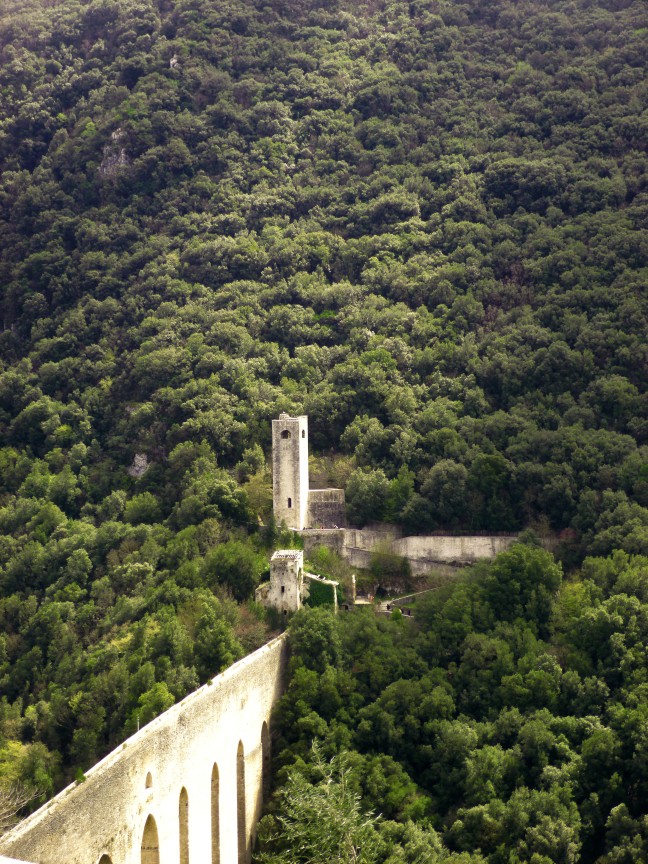
![]() Enter Santa Maria Assunta Cathedral with its Renaissance portico and the 8 rose window on the facade as lace marquetry. But find time to visit at least some other places among the dozens of churches and abbeys once old Roman temples or Paleochristian churches facing the dried lake’s crystal clear waters.
Enter Santa Maria Assunta Cathedral with its Renaissance portico and the 8 rose window on the facade as lace marquetry. But find time to visit at least some other places among the dozens of churches and abbeys once old Roman temples or Paleochristian churches facing the dried lake’s crystal clear waters.
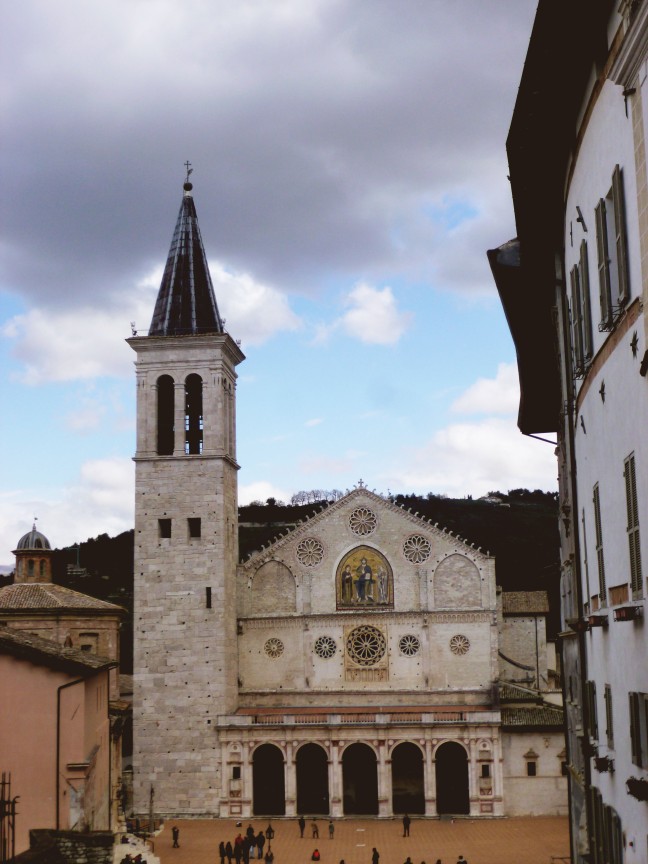
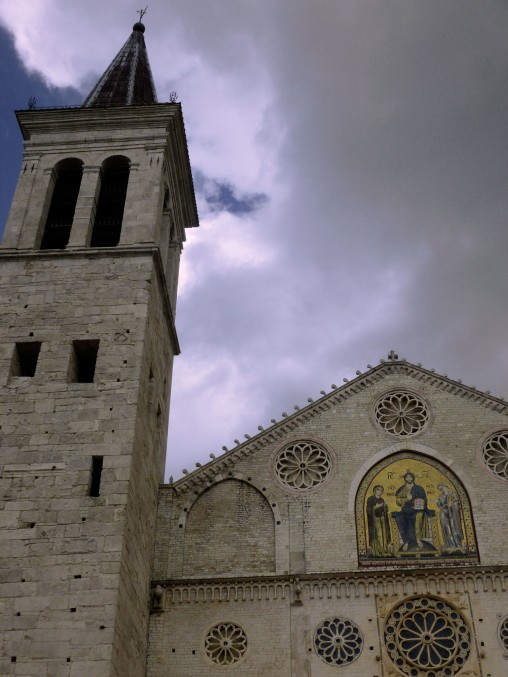
![]() Time to eat! We lovingly recommend Spaghetti with Black Truffle and Crescionda cake: typical dishes of this area. More difficult to find is a Slow Food product, the rare “sedano di Trevi”, a kind of celery to eat raw with olive oil.
Time to eat! We lovingly recommend Spaghetti with Black Truffle and Crescionda cake: typical dishes of this area. More difficult to find is a Slow Food product, the rare “sedano di Trevi”, a kind of celery to eat raw with olive oil.
There is enough to fill one day out…and our curiosity too!

